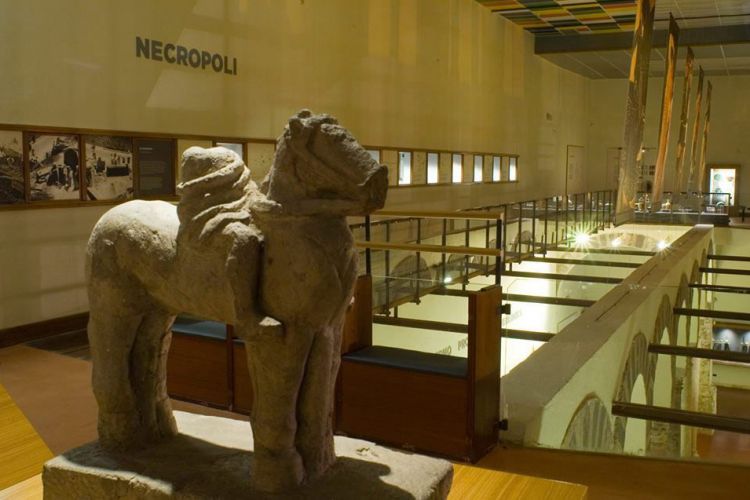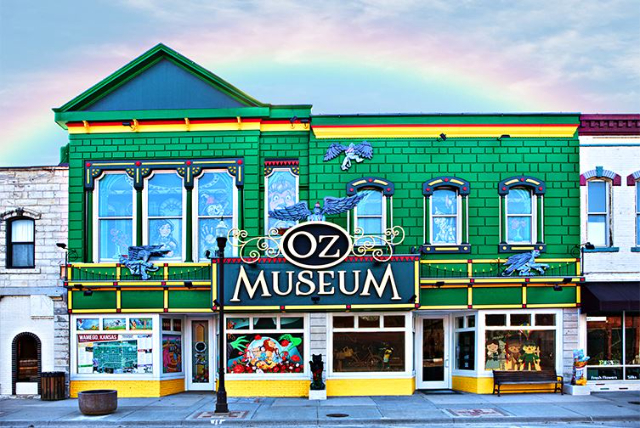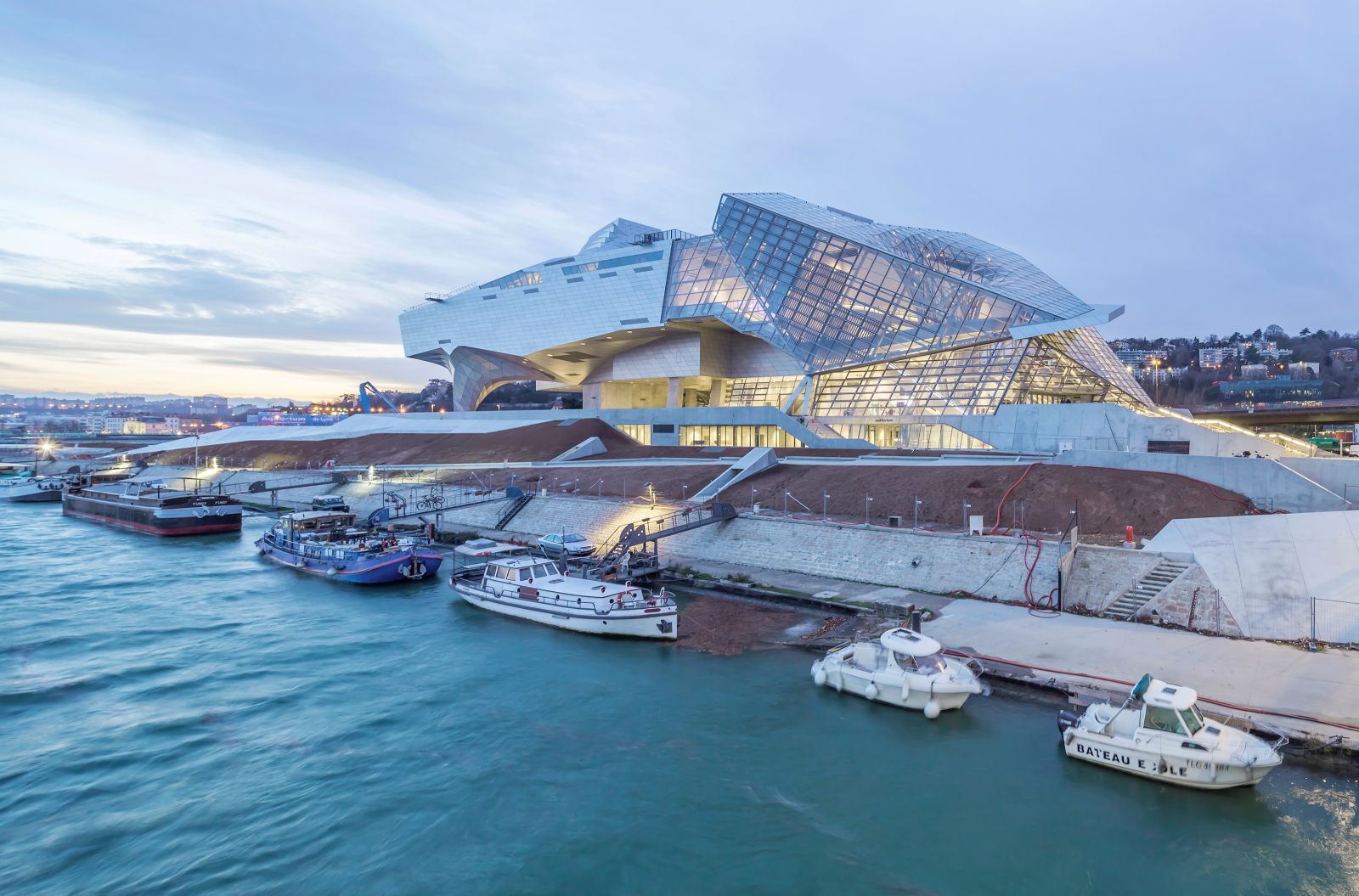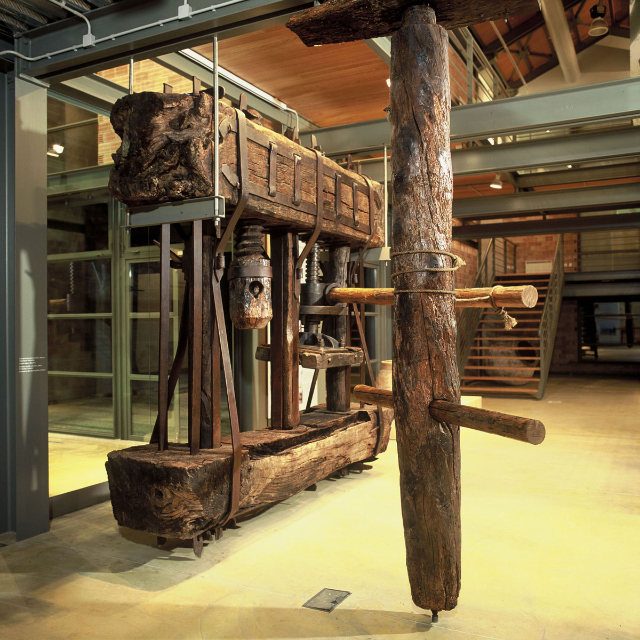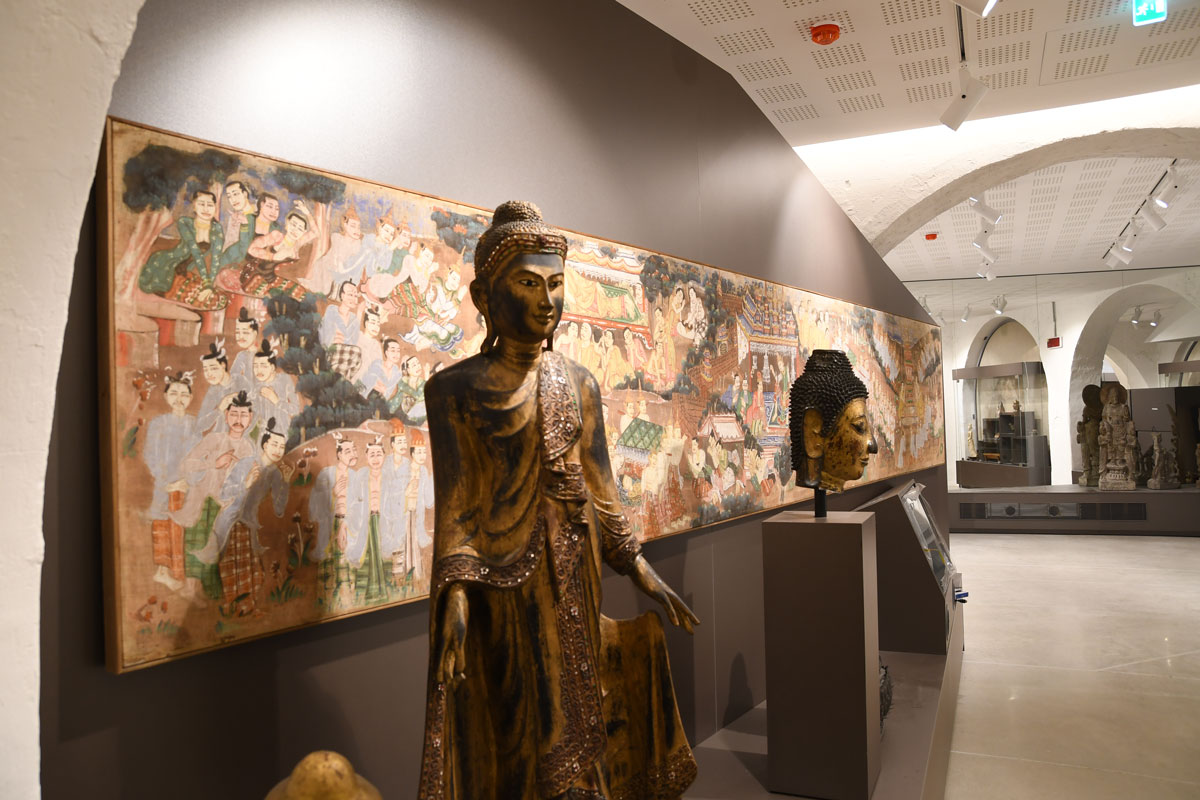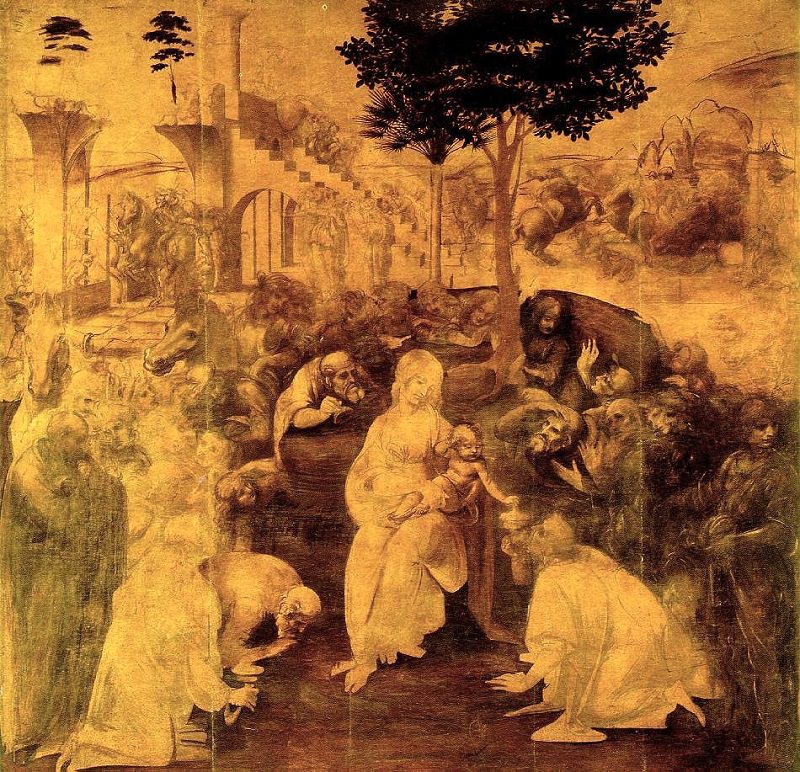Established in 1927, with exhibits from the prehistoric and late antique ages, the Museum was officially reopened thanks to consolidation works on February 18, 2013 and includes an articulated exhibition itinerary, which extends between the outdoor garden, ground floor and first floor.
In the garden in front of the museum there is a lapidary rich in Roman finds, reliefs, statues found in the seventeenth century. Among these is the headless Roman statue of "Venus with dolphin", the Roman copy of Aphrodite Cnidia and the subsequent Roman copy of the Great Greek work of Herculaneum.
On the ground floor the first section is dedicated to prehistory, with finds from Eboli, Amalfi and Palinuro, Sala Consilina. Particular value is reported by nestorides from Athena Lucana and Buccino and the craters of Nocera Superiore. The Roman bronze head depicting the god Apollo, dating back to the 1st century A.D. and found in 1930 in the waters of Salerno, is on display on the upper floor.
The poet Ungaretti himself speaks of the discovery of the opera in the story La pesca miracolosa (The miraculous fishing) of 5 May 1932. The bronze sculpture is part of the International Exhibition Monumental Bronzes of the Hellenistic World.
